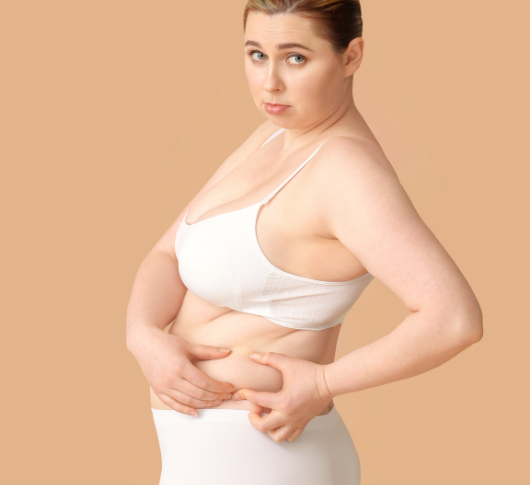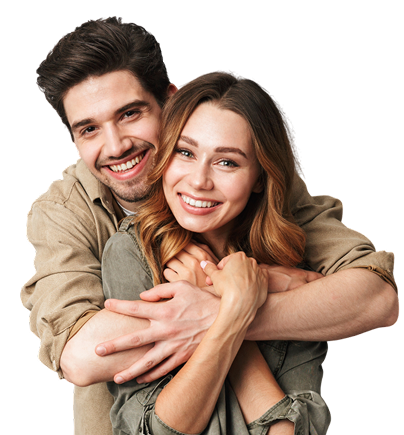

Stubborn fat refers to areas of fat that are resistant to diet and exercise, making them difficult to reduce or eliminate naturally. These fat deposits tend to cling to certain parts of the body, even when overall body fat decreases.

A predisposition to stubborn fat can be inherited, making certain areas more prone to fat accumulation.

Hormones such as insulin, cortisol, and sex hormones can affect fat storage and distribution in the body.

Poor sleep, stress, a sedentary lifestyle, dietary choices, and age-related metabolic changes can all contribute to stubborn fat.


Fat resistant to diet and exercise often accumulates on the lower abdomen, love handles, hips, and outer thighs (saddlebags).
Inner thighs and upper arms (bingo wings) are common areas where stubborn fat persists despite lifestyle changes.
Stubborn fat can also appear on the back, including bra bulge, as well as in the double chin and jowl areas.
Stubborn fat can affect individuals of all ages and fitness levels, but becomes more common with age due to metabolic changes and hormonal fluctuations. Women are more likely to experience stubborn fat in the hips and thighs, while men typically struggle with abdominal fat. People with sedentary lifestyles, those undergoing hormonal changes (such as menopause or andropause), individuals with a genetic predisposition, and those with insulin resistance are also at higher risk of developing stubborn fat deposits.

Discover our range of expert-led treatments, including advanced facial aesthetics, body sculpting, skin health, and everyday beauty essentials.
Join our mailing list for exclusive offers, expert skin tips, and the latest updates on advanced treatments.

Professional aesthetic treatments like Lipomassage (Endermologie) and the CACI Synergy system can permanently reduce fat cells in specific areas. However, maintaining results requires a healthy lifestyle to prevent remaining fat cells from enlarging, or new fat cells from forming.
Most stubborn fat areas have more alpha-2 receptors that resist fat breakdown and reduced blood flow, making them less responsive to traditional weight loss methods. Genetics also influence where stubborn fat accumulates, and is broken down.
As we age, our metabolic rate slows down, and hormonal changes (such as decreased oestrogen in women and testosterone in men) can promote fat accumulation in specific areas.
Skin elasticity also declines, making fat pockets more noticeable. This combination makes it harder to lose stubborn fat with age alone.
It depends on the treatment chosen. However, most non-invasive treatments require 2–4 sessions spaced several weeks apart for optimal results.
Results typically become visible 6–12 weeks after treatment as the body naturally eliminates fat cells.
Non-invasive treatments generally carry minimal risks, including temporary redness, swelling, or numbness. However, it is always advisable to consult a qualified professional and discuss potential side effects if you have any concerns.
Stay informed with expert advice, treatment highlights, and clinic updates curated by the Cannelle Skin Clinic team.